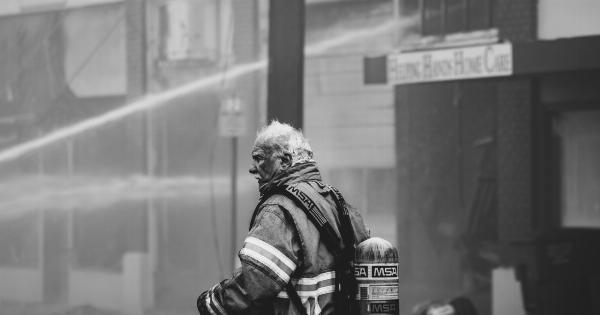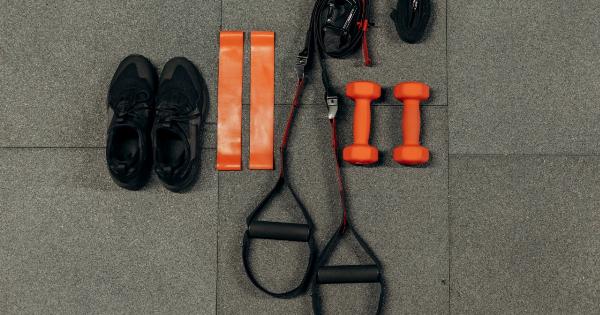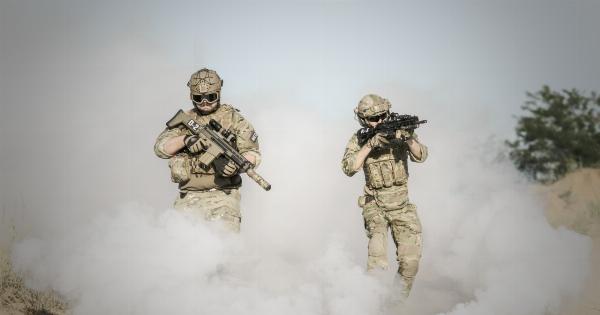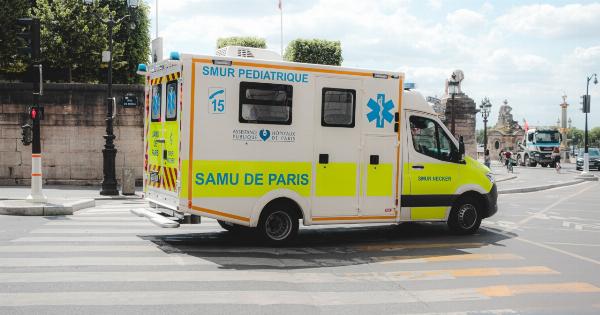Drowning is a serious incident that can happen to anyone. It can happen in swimming pools, beaches, lakes, and other water bodies. As a witness to a drowning incident, it is your responsibility to take immediate action to save the victim.
Here are the steps you should take when you witness a drowning incident:.
Assess the Situation
The first step to take when you witness a drowning incident is to assess the situation. You need to determine if it is safe to enter the water and attempt a rescue. If it is safe to enter the water, you can proceed to the next step.
However, if it is not safe to enter the water, you should call for help immediately.
Call for Help
If you are unable to enter the water or do not have the skills to attempt a rescue, you should call for help immediately. The emergency phone number in your area should be dialed, and the dispatcher should be informed that there is a drowning incident.
Ensure that you provide the correct location, and if possible, give details about the victim so that the right help can be sent as soon as possible.
Get the victim out of the water
If it is safe to enter the water and attempt a rescue, the next step to take is to get the victim out of the water. You can use a flotation device, such as a buoy or a life jacket, to keep the victim afloat while you move them to safety.
Once you get the victim out of the water, check if they are breathing and if they have a pulse.
Perform CPR
If the victim is not breathing and does not have a pulse, you should perform CPR immediately. If you have not undergone CPR training, ensure that you follow the instructions given by the emergency medical services team over the phone.
CPR is a life-saving skill that can help to keep the victim alive until the professionals arrive.
Monitor the Victim
After performing CPR, you should monitor the victim’s breathing and pulse until help arrives. If the victim regains consciousness, keep them in a stable position, and ensure that they are warm by covering them with a blanket.
Keep talking to the victim to reassure them that they are safe and that help is on the way.
Provide First Aid Treatment
If the victim has any injuries or is bleeding, you should provide first aid treatment while waiting for help to arrive. This may involve dressing the wound, applying pressure to stop the bleeding, or stabilizing any broken bones.
Make sure you have a first aid kit with you at all times, especially if you are going to be around water bodies.
Cooperate with the Emergency Medical Services Team
When the emergency medical services team arrives, you should cooperate with them and provide any relevant information that will help them to provide effective treatment.
This may include information about the victim’s medical history or any allergies. Once the victim is in the care of the emergency medical services team, allow them to take over and provide the necessary treatment.
Contact the Victim’s Family or Friends
If the victim is not able to contact their family or friends, you should do this on their behalf. Contact the family or friends to inform them about the incident, the victim’s condition, and the medical facility where the victim is being treated.
This will help to reduce their anxiety and allow them to take the necessary steps to support the victim.
Follow Up with the Victim
After the victim has been discharged from the hospital, follow up with them to find out how they are doing. Offer your support and encourage them to seek professional counseling if necessary.
Keep in mind that a drowning incident can be a traumatic experience, and victims may need help to cope with the aftermath.
Conclusion
Drowning incidents can happen at any time, and as a witness, it is your responsibility to take immediate action to save the victim.
Assess the situation, call for help, get the victim out of the water, perform CPR if necessary, monitor the victim, provide first aid treatment, cooperate with the emergency medical services team, contact the victim’s family or friends, and follow up with the victim. By taking these steps, you can help to ensure that the victim receives the necessary treatment and support to recover fully from the incident.





























